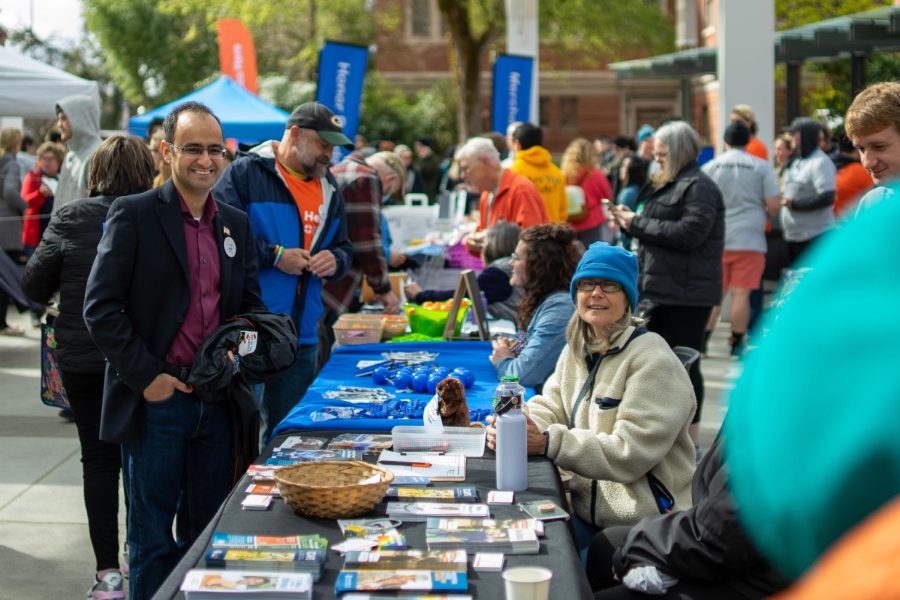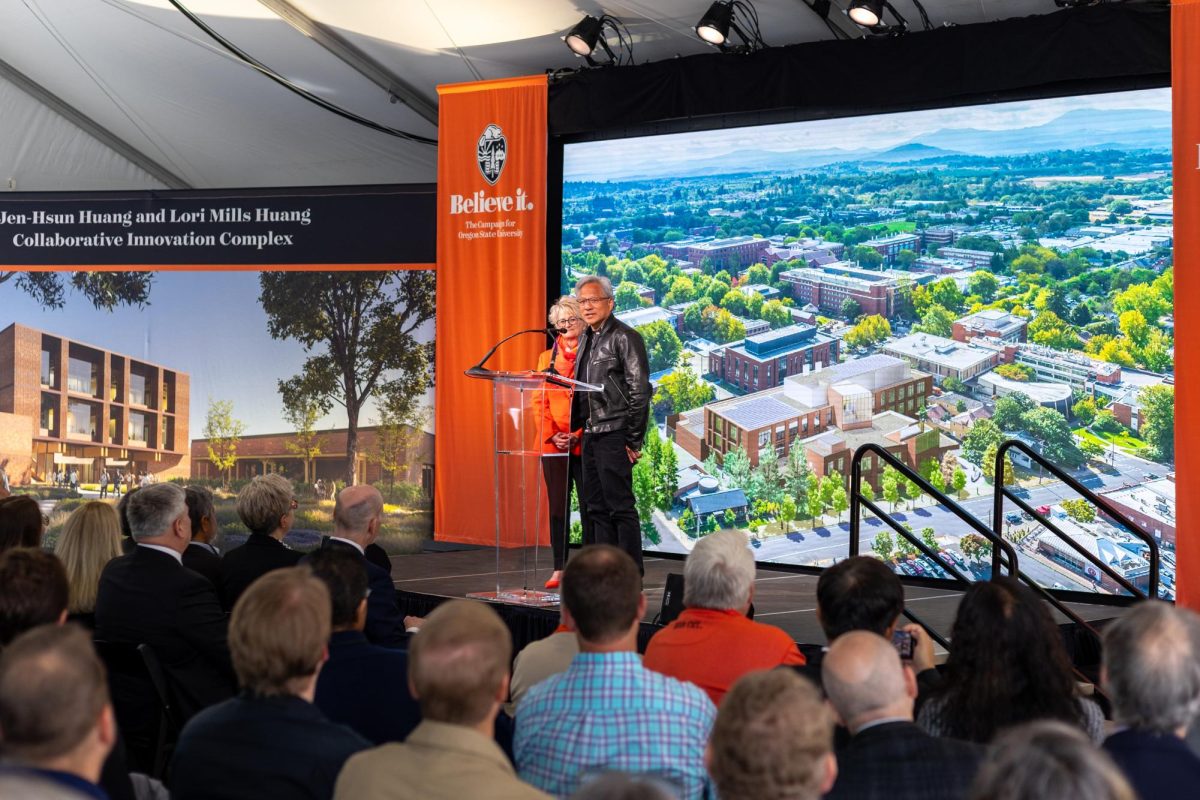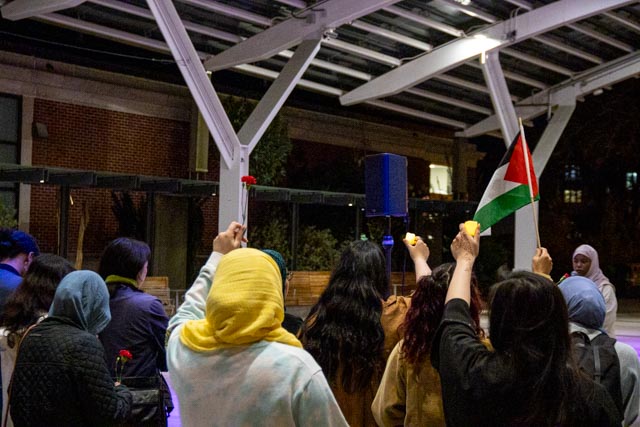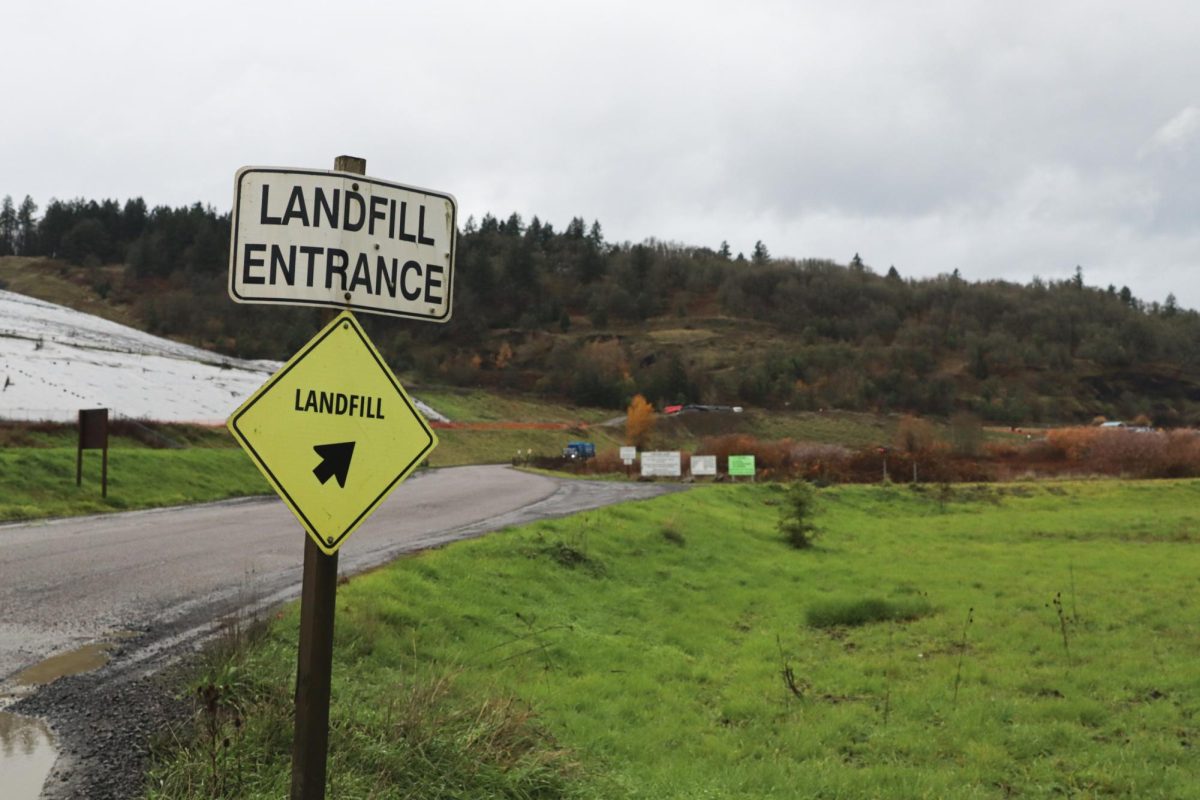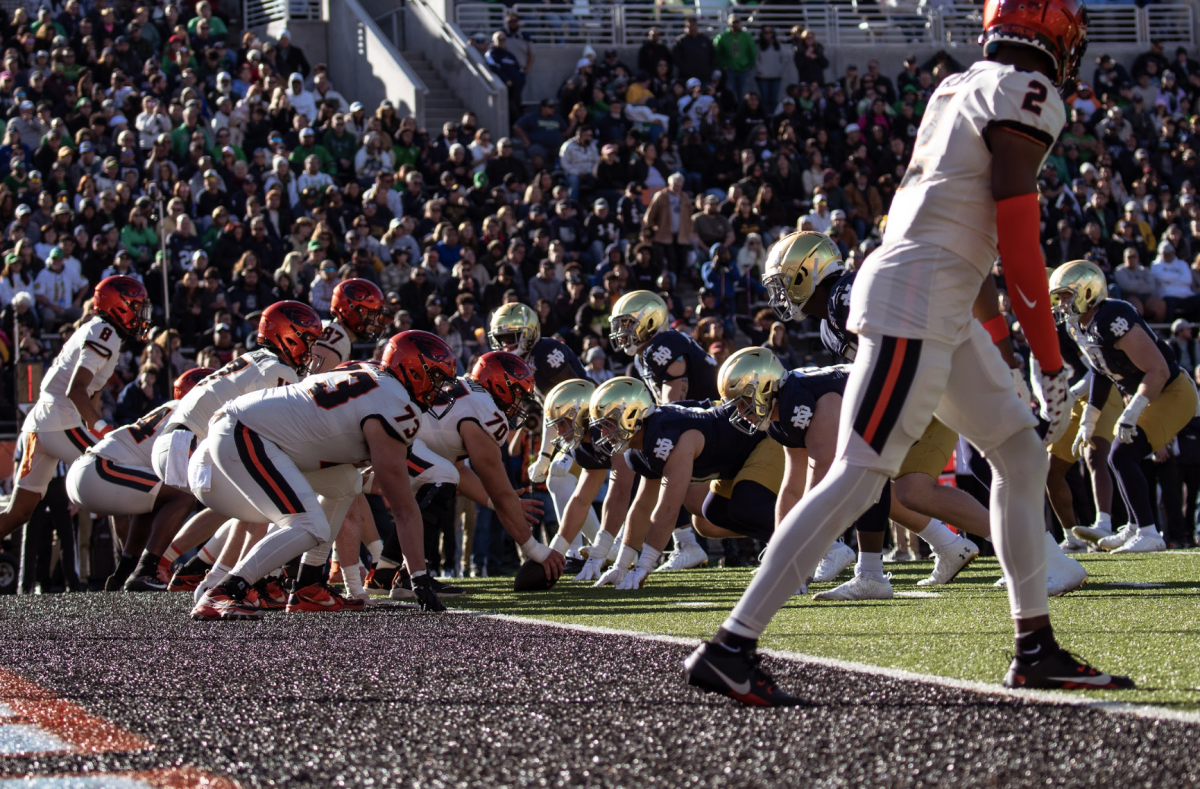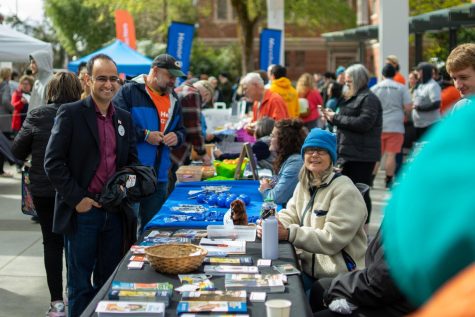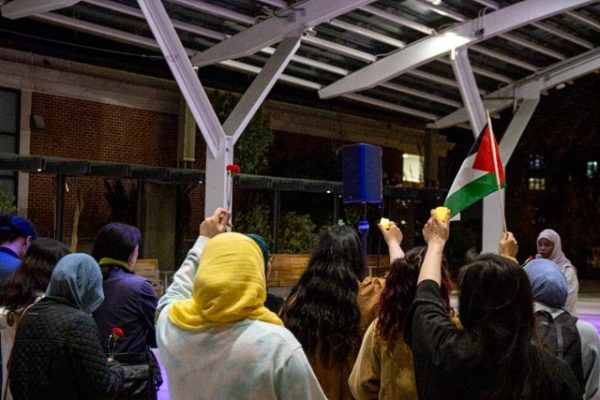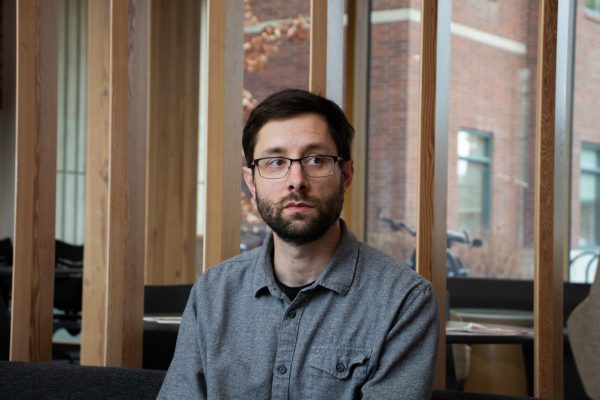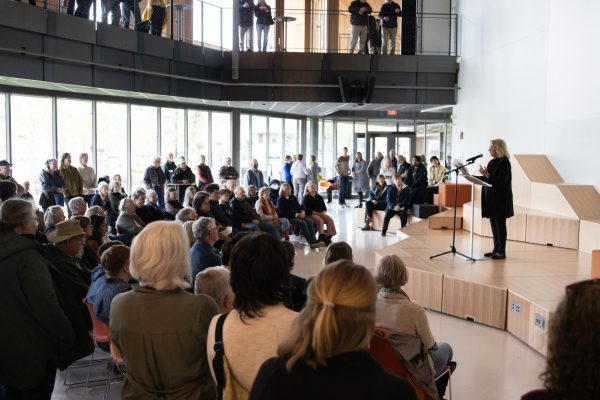OSU Educational Opportunities Program to commemorate 50th anniversary with sit-in
February 3, 2020
Oregon State University’s Educational Opportunities Program will celebrate its history and 50th anniversary with a sit-in event in the Memorial Union on Friday, Feb. 7, from 1-6 p.m.
EOP was originally created as a result of the 1969 OSU Black Student Union walkout, a protest against injustices faced by African-American students on campus. The walkout was largely fueled by Fred Milton, an African-American student who was cut from the OSU football team after he refused to comply with his coach’s insistence that he shave his beard and cut his hair.
EOP strives to provide a welcoming environment for students from historically underrepresented backgrounds. Janet Nishihara, the executive director of EOP, said EOP offers a number of services to students, including specific sections of undergraduate courses, academic counselors and a Bridge Program at the beginning of the academic year that helps new students acclimatize to the university environment.
EOP has grown over the course of 50 years, despite periods of budget cuts. Nishihara said although the EOP staff is now smaller than it was when she first arrived over 30 years ago, she feels the team is more effective, able to swiftly adjust to new situations while continuing to provide a supportive environment for a diverse range of students.
“I like us being able to do that, even with the budget restrictions,” Nishihara said. “I think there’s a lot of really good-hearted people who work here.”
Nishihara said one reason she enjoys her role within EOP is that she gets to work with first-generation students and students of color, many of whom are like herself. Nishihara, along with other members of the EOP staff, were also first-generation students.
“In some ways, we’re a conscience for the university. The university wants to do work, and we’re one of those places that do good work. They’re putting their money where their mouth is to say that we support students,” Nishihara said. “Nobody can support all students, so we support the students that we know best—because we were them—and we know that they have huge futures making great change for our country.”
In May 2019, EOP hosted a walkout re-enactment to celebrate the 50th anniversary of the 1969 walkout. This spring, EOP is planning to host an additional event, although the details are not yet finalized. Nishihara said these events, including the sit-in, are a way to remind people that the fight for equality and equity on campus is not new, and has been occurring for generations.
The sit-in will serve as an opportunity for the OSU community to hear from EOP alumni and current EOP students, in addition to presentations detailing the civil rights era and student protests in the 1960s that led to the creation of EOP. Presenters at the event include OSU Professor of sociology and current OSU Faculty Senate President Dwaine Plaza, and OSU Associate Professor of ethnic studies Robert Thompson.
“This is a great opportunity for students to gain in-depth knowledge and understanding of the history and the development of EOP, and why it is important for a program like EOP to be on campus for the next 50 years and beyond,” said Urmila Mali, an academic counselor for EOP and one of the organizers of the sit-in.
Plaza said his presentation will focus mostly on the years leading up to the 1969 walkout and will provide a national lens to help contextualize why the walkout took place. Many public figures and events at the time such as the death of Dr. Martin Luther King Jr. in 1968 and athletes like Muhammad Ali, Tommie Smith and Juan Carlos—are elements that encouraged students to become increasingly conscious about issues of race and exclusion, according to Plaza.
Plaza said it is important to highlight the history of EOP, OSU and Oregon since students are often taught “a very vanilla version of American history.”
“I think it’s necessary that we keep that oral culture alive, because two years from now, unless we keep telling the story about the walkout and the things that have gone on on this campus—I hate to say it—but they will be forgotten,” Plaza said. “I don’t blame anybody for that. It’s just that there’s no place in Oregon’s high school or primary school system that the history of Oregon is necessarily taught in a way of authenticity.”
Plaza encourages students to attend the event and embrace a sense of discomfort when discussing topics of racism and discrimination. Doing so, he said, increases one’s awareness around issues of race and exclusion, and helps one understand these issues in deeper, more meaningful ways.
“There needs to be a situation where you have people that are coming through that room that are actually going to tell you certain elements of history you may have never heard before, and your discomfort in that situation is a good thing,” Plaza said. “At the end of it all, when the sit-in is done, you should leave the room and feel a sense of, ‘I learned one or two things I never knew, and I feel that I’m glad I spent two hours in that space.’”
Nishihara said she also hopes the OSU community can bring their unique ideas and perspectives to the event in order to gain momentum around topics of equity and equality and to continue to make OSU a better place.
“Our hope is that the people who come will leave with a personal commitment to make change happen,” Nishihara said. “We can talk about this stuff all day, but unless we make some sort of commitment, an ‘I will do this’—that’s when real change happens, I think.”



